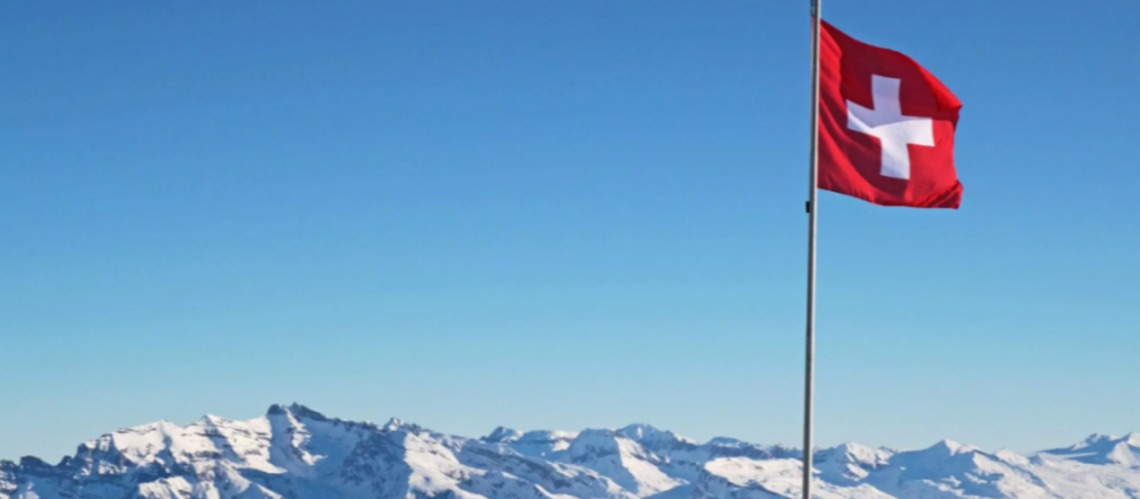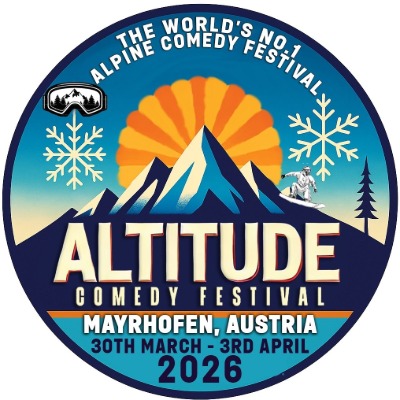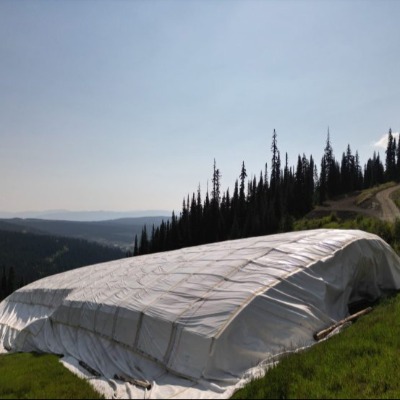Positive Winter For Swiss Lift Co's

Winter holidays and skiing are in vogue - Swiss lift co's can look back on a positive winter season. At the end of April, the number of first-time visitors to Swiss ski resorts had increased by a total of 3 percent compared to the previous year, and even by 5 percent compared to the 5-year average. The season was characterized by an early onset of winter at low altitudes and a lot of snow at the end at high altitudes, with high temperatures in February.
The early snow at low altitudes in November and the excellent weather conditions over Christmas, New Year and January ensured an excellent start. The warm temperatures in February and March were a big challenge, especially for lower-altitude ski areas, while the wintry conditions at the end of March and April ensured a friendly conclusion in the higher-altitude regions. Overall, there are striking differences in the development of the frequencies. Higher-altitude ski areas benefit above average from the positive demand.
Pleasing development in April
April was also challenging due to the weather, with lots of snow and heavy rainfall. The higher-altitude destinations in particular also recorded positive developments in April. Overall, the ski areas were 3 percent better booked at the end of April than last year. “This shows that many winter sports fans really appreciated the high-quality offering and the many events in the mountains until the end of the winter,” emphasizes Berno Stoffel, Director of Cable Cars Switzerland (SBS).
Regional differences
Once again, however, there are major regional differences: the eastern Swiss ski areas performed best in the last winter season with 9% more admissions than in the previous winter. The Freiburg Alps and the Jura, on the other hand, already recorded a negative development in March, which has now intensified at the end of April. The ski areas in central Switzerland and the Vaud Alps each increased by 5%. Thanks to the very good snow conditions in March and April, Ticino was able to end the season overall with a remarkable development (-1%) despite the poor start. The large ski regions such as Valais and Graubünden are better than last year, including the Bernese Oberland.
Comparison with the 5-year average
If you compare the number of guests for the entire winter with the 5-year average, there is a positive development with a total of 5% more first-time visitors to Switzerland. “This is a clear sign that winter tourism and skiing in Switzerland are still in good demand,” emphasizes Berno Stoffel. However, regional developments are very different. In contrast to the Bernese Oberland, the large and high-altitude regions such as Valais and Graubünden are showing positive development. With the last two excellent seasons, Ticino is clearly up by 28%. Eastern Switzerland and the Vaud Alps can also report positive developments. Central Switzerland can look back on an average season.
Comparison by sales category
It is also exciting to differentiate according to the size of the cable car company. SBS differentiates between a total of five different sales categories. The analysis shows that large cable car companies - with a turnover of over CHF 10 million - generally develop better than smaller ones. While the number of guests increased by 5% for operators with more than 20 million annual sales, this fell by a full 35% for cable car companies with less than two million annual sales (see Fig. 3). “The trend continues, according to which the larger companies were able to benefit disproportionately,” explains Stoffel. “Among other things, because the larger establishments at higher altitudes are able to adapt more easily to a lack of snow or changing guest needs.” Small companies with a turnover of CHF 2 to 5 million were able to increase slightly in the number of guests - unlike last season - while medium-sized companies remained the same, so to speak.














